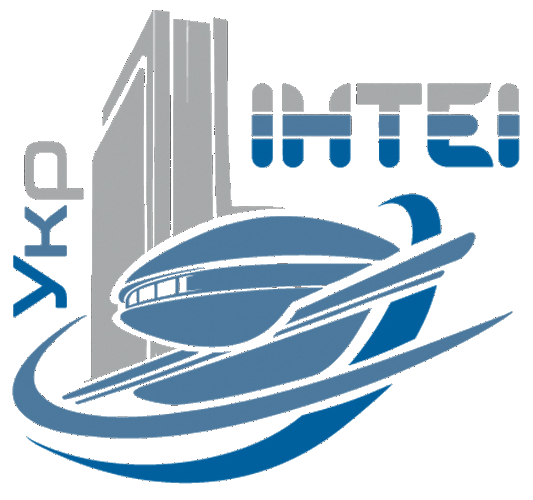How 3D clothing design helps reduce environmental pollution
The fashion industry produces 20% of global wastewater and 10% of global carbon emissions. Tetyana Buzan, 3D clothing designer, spoke about how 3D clothing design can affect the situation and whether the development of technology allows using less fabric for clothing production in a column for AIN.UA.
Let’s start with a brief description of the technology and the possibility of replacing the processes that generate waste and energy consumption of minerals.

Components for creating a 3D model of clothing
The following components are required to create a clothing sample:
- a model of a person called an avatar. The designer can set all the parameters of the figure (height, waist, chest circumference). For example, when developing clothes for athletes, avatars with specified parameters that are characteristic for a given sport are used.
- patterns (English sewing patterns). Ready-made patterns can be imported into software systems or created from scratch directly in the program. In order to properly decompose the components of a product, experience in designing and creating real products is necessary.
- fabric parameters, accessories, prints.
Based on the components, the designer creates the product and simulates the behavior of the avatar (walking on the catwalk, running, dancing) in order to evaluate how clothes will behave in real life. An important component is the ability to unload patterns for subsequent transfer to production.

Without diving into the details of production, we will divide the traditional process of creating clothes into stages:
- sketch / technical drawing;
- creating patterns;
- creating a test sample (sewing the first product);
- alteration.
Now let’s compare at each stage what resources we use without electricity.
| Stage name | Traditional way | 3D design |
| Sketch creation | Paper use | It is possible without paper, but all the same drafts with inspiration include a sheet and a pencil |
| Preparation of patterns | Paper use | Without paper use |
| Создание тестового образца | Fabric use | Without fabric use |
| Alteration | Includes paper and fabric use | Without fabric use |
Now visualization technologies make it possible to simulate the behavior of the vast majority of tissues on a human model. Without the use of tissues for the first sample, it is possible to see in which places there are potential gaps in the event of a wave of arms and body movements. Also visible are all sagging fabrics and other moments that you will see only after sewing the first sample.
Each 3D designer will confirm that the most difficult part of the work is to give the product the maximum realism and the subsequent use of patterns for sewing clothes on an industrial scale.
Despite not all the obvious advantages of using 3D technology, when creating the first samples of the collection, we save a tiny fraction of fabrics and resources.
3D technology reduces the risk of buying things that are not suitable for the buyer
In the traditional approach, brand catalogs use product photos on models. Technically, there is no way to take into account the peculiarities of the figure of each person, therefore, we mainly observe photos of models of size S or M.

In 3D modeling, it is possible to show clothes without a person, which allows the buyer to more accurately imagine themselves in clothes. We are also on the verge of mass use of virtual fitting rooms. All this reduces the risks when buying clothes in an online store, and then returning or throwing them in the trash.
All these factors reduce the amount of clothing that, for various reasons, is thrown away and not disposed of properly.
But what if people create digital clothes without tailoring them

For people who need to show their uniqueness and taste it is much easier and safer for the environment to order a unique digital thing than to order real clothes for the manufacture of which uses a lot of energy and she herself has a great chance of becoming garbage.
Thus, humanity can get rid of excess clothing, which at the moment is an indicator of success and sometimes emphasizes the status of a person. Agree that it is more convenient to design clothing sets for yourself at home, work, sports, and implement all other ideas in digital samples.
What factors do not allow us to say that 3D design technology is as close to clean as possible?
- When working with complex fabrics, for example, with fur, the computer needs additional time to process the product and create a photo or video of the result of the work.
- Directly rendering a video can take tens of hours of computer work.
- Also, all calculations, product images and videos involve the use of servers for storing data.
Conclusion
The development of 3D technologies for creating clothes allows to reduce the consumption of fabrics and the use of fossil energy sources when sewing clothes at the next stages:
- creation of the first samples (minimal impact);
- reducing the risk of buying unsuitable clothes (medium impact);
- the transition of clothes from a real object that can be felt digitally (maximum impact).
Observing minimalism in clothes, mankind gets a chance to show its individuality and style by creating digital masterpieces of clothes and trying them on in virtual showrooms, publishing images on social networks. We must recognize that the basic needs for clothing are more satisfied for the inhabitants of the planet and at the moment there is the technology that can transfer our desire for beautiful things to the digital world.
Source: ain.ua










